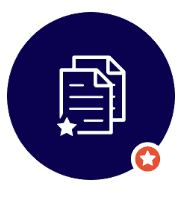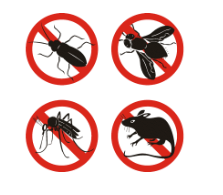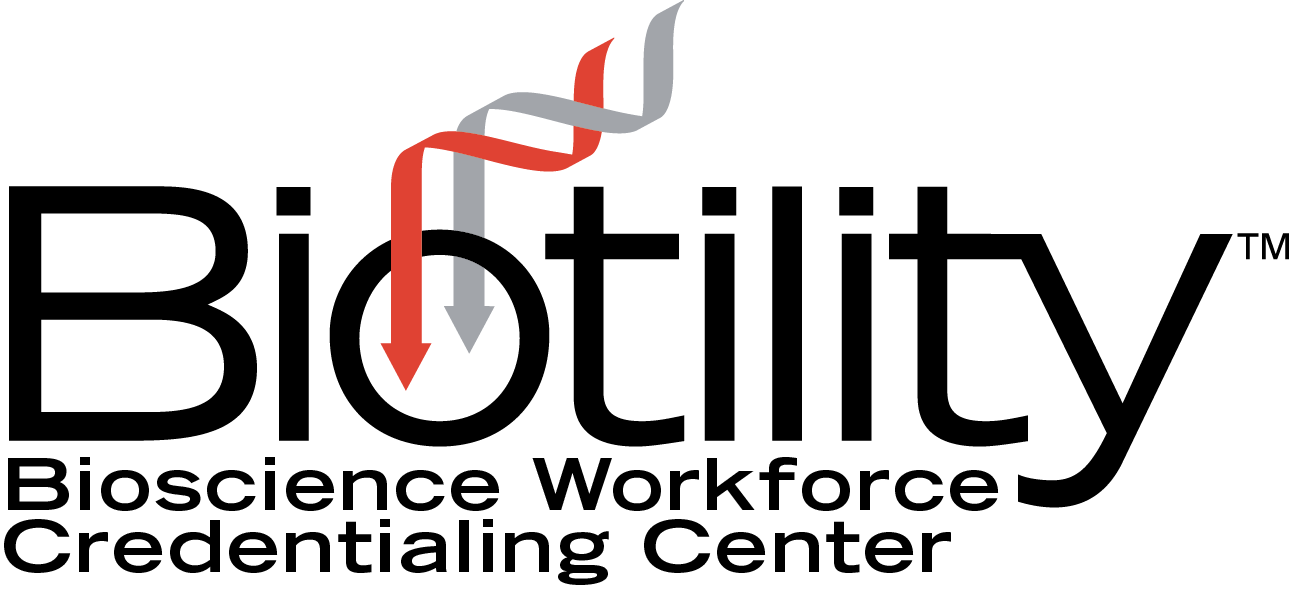21 CFR 211: The Ten Fundamentals of CGMP
1) Training – Subpart B: Organization of Personnel
- Employees must have the education and experience necessary to perform their assigned roles
- Personnel must be trained in the tasks and CGMP specific to their area of responsibility
- There must be a documented record of training
The better trained a person is, the less likely that person is to make a mistake.
2) Documentation and Recordkeeping – Subpart J: Records and Reports
Provides an “easy-to-follow” trail for the product, its components, equipment, and process at any point in time
3) Written Procedures – Subpart J: Records and Reports
At least 2 dozen different types of documents and records are required by the pharmaceutical CGMP
|
 |
4) Control and Identification of Materials – Subpart E: Control of Components, Drug Product Containers, and Closures
- One of the fundamentals of CGMP is knowledge of the receipt, origin, identity, status, location, storage, and distribution of materials.
- All container contents must be identified – even trash cans must say “trash”
5) Communication – Subpart B: Organization of Personnel
 |
|
6) Label Controls – Subpart G: Packaging and Label Control
- There are numerous regulations requiring frequent inspection and accountability of labels, labeling equipment, labeling operations, label issuance, and label use.
- The wrong label on a drug or device is a very serious issue, and may be a serious threat to the consumer.
7) Contamination Controls – Subpart F: Production and Process Controls
These requirements are in place to help assure the quality, purity, and safety of the product.
Examples of requirements geared towards contamination control:
|
 |
8) Change Control – Subpart I: Industry Practices
- Any deviations, laboratory investigations, or results that are out-of-specification must be investigated and fully documented. If needed, corrective actions should be implemented.
- Any changes must be reported, evaluated, approved, implemented, and monitored.
- Any changes must also be communicated to personnel.
9) Maintenance and Calibration – Subparts C and D: Buildings and Facilities, and Equipment
- Processes can only be controlled by equipment that is properly maintained and functioning.
- The accuracy of your test results can only be assured when the instruments are properly calibrated.
10) Validation – Subpart I: Industry Practices
- Provides documented evidence that a process does what it is supposed to
- Regulations dictate what must be validated
- Computer systems and equipment
- Sterile processes
- Assay (testing) methods

